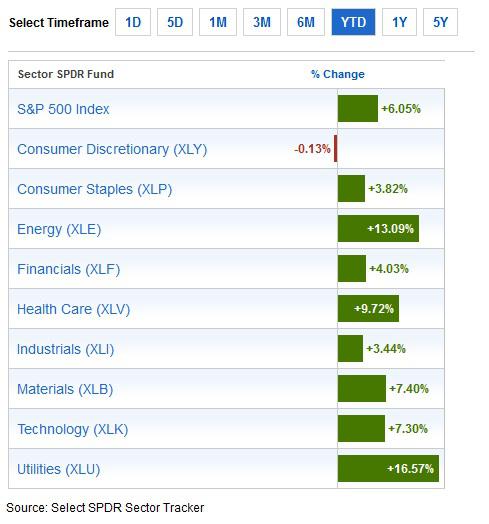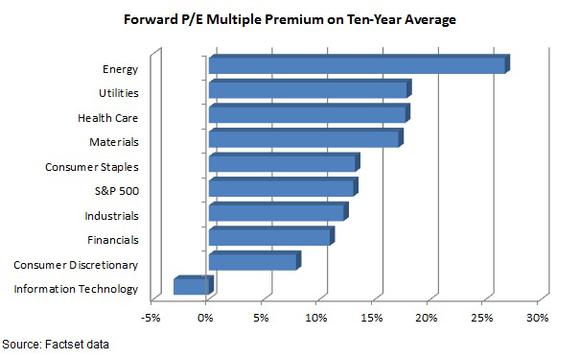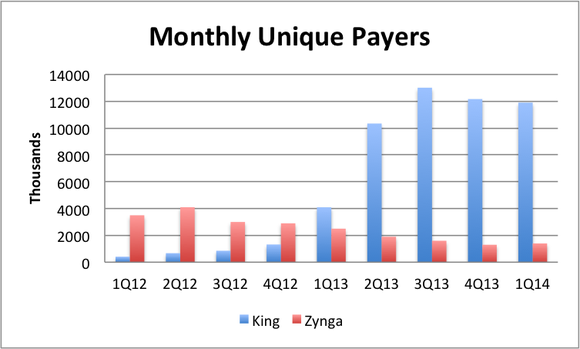Filed under: Investing
After two big down days, key info from the Federal Reserve and a solid start to the corporate earnings season pumped the Dow Jones Industrial Average up 79 points Wednesday.
1. Fed minutes reveal October end to stimulus
Like a high school sophomore, Wall Street loves gossip. That's why investors eagerly awaited the details from the Federal Reserve's June policy-setting meeting, released Wednesday. As expected, Fed officials plan to end their "quantitative easing" stimulus policy this year, as early as October.
A quick reminder that that "QE3" policy is how the Fed has pumped up the economy -- the central bank buys billions in long-term bonds monthly, which keeps interest rates low to encourage you to borrow cash to spend. Last year the Fed was dropping $85 billion each month on bonds, but it has since tapered its purchases to "only" $35 billion as the economy improves.
The takeaway is that usually investors sell down stocks when they hear that stimulus is ending because they love that the Fed is juicing up the economy, even if that counter-intuitively means the economy is not in great shape. But although stimulus may now have an end date, stocks rose since the news was no surprise.
2. Container Store earnings cause some investor panic
Investors couldn't contain their disappointment after The Container Store announced a quarterly loss of about $3.6 million Tuesday night. The young company has two quarters under its belt since the IPO in November, and it's 0-for-2.
Call the whambulance. Instead of blaming the disappointing results on something specific to the company, or even the weather, the CEO blamed a "retail funk" that has slowed foot traffic in his stores -- not just at TCS, but at all retail stores. Are you buying that excuse?
There are 60 Container Stores right now where you can buy a big container to contain your several smaller containers. The company has stated its plans to grow to 300, but that's a dubious promise, considering that growth looks weak. Revenues grew to $173 million in the quarter, which disappointed investors, but comparable-store earnings actually fell by about a percent. Plus, the company downgraded full-year earnings estimates, which is always a bad sign.
The takeaway is that the CEO is in for a major challenge and needs to toughen up. Investors don't expect to see such problems so early after a company's IPO, so they knocked the value down 8.4% Wednesday.
3. Cocoa prices surge to three-year highs
If you're sad about the death of Crumbs Cupcakes, then try sinking your incisors into a huge "I-Just-Got-Broken-Up-With" bar of chocolate. The price of cocoa has risen nearly 1% this week, reaching $3,134 per ton -- in fact, cocoa's already jumped over 40% this year, making it the second best performing major commodity worldwide.
Who's hungry? Apparently emerging markets. Consumption by emerging economies has jumped since 2004, from one-third of the $6.6 billion global supply of cocoa to nearly half of it. Sales in India are expected to surge 14% this year, and China will move up from 10th to eighth in overall worldwide chocolate binging. It seems more emerging-economy folk can afford to buy the sweet good.
Keep in mind that cocoa is traded as a commodity, like oil or gold, because its quality is considered the same no matter who produces it (unlike computers or cupcakes). But cocoa is anything but basic -- cocoa buyers don't just stuff chocolate in our faces -- they sell it in a wide variety of shapes and flavors. We play with our food, so we know the possibilities are endless.
The takeaway is that your 2:30 p.m. KitKat craving is going to cost you. With a kilogram of chocolate (our favorite size serving) projected to rise 2% from last year, candy makers are increasing prices. And Hershey just bought Shanghai Golden Monkey Food Joint Co. (seriously, that's its name) to take a bite of the Chinese market, which it expects to be second behind the U.S. by 2017.
As originally published on MarketSnacks.com
Warren Buffett's worst auto-nightmare (Hint: It's not Tesla)
A major technological shift is happening in the automotive industry. Most people are skeptical about its impact. Warren Buffett isn't one of them. He recently called it a "real threat" to one of his favorite businesses. An executive at Ford called the technology "fantastic." The beauty for investors is that there is an easy way to invest in this megatrend. Click here to access our exclusive report on this stock.
The article Dow Rises As The Container Store Tanks and Cocoa Prices Hit 3-Year High originally appeared on Fool.com.
Jack Kramer owns shares of Ford. Nick Martell has no position in any stocks mentioned. The Motley Fool recommends and owns shares of Ford, Tesla Motors, and The Container Store Group. Try any of our Foolish newsletter services free for 30 days. We Fools don't all hold the same opinions, but we all believe that considering a diverse range of insights makes us better investors. The Motley Fool has a disclosure policy.Copyright © 1995 - 2014 The Motley Fool, LLC. All rights reserved. The Motley Fool has a disclosure policy.
Read | Permalink | Email this | Linking Blogs | Comments
































